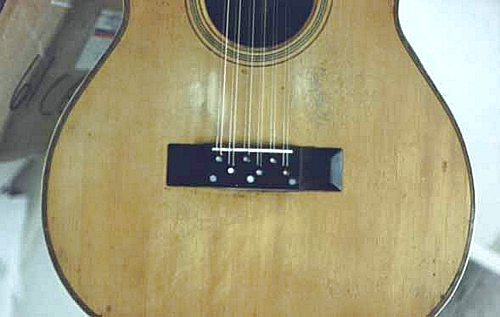I'm pleased of this thread Dave ,as I started a thread with a similar question. That of shared bridge holes.
Just for your interest here is a pic of a " Holzapfel " built circa 1900 's , so the idea isn't exactly new . I just wonder how the design holds out

The three rear holes were for brass dowels which have since been replaced.
Regards KiwiCraig